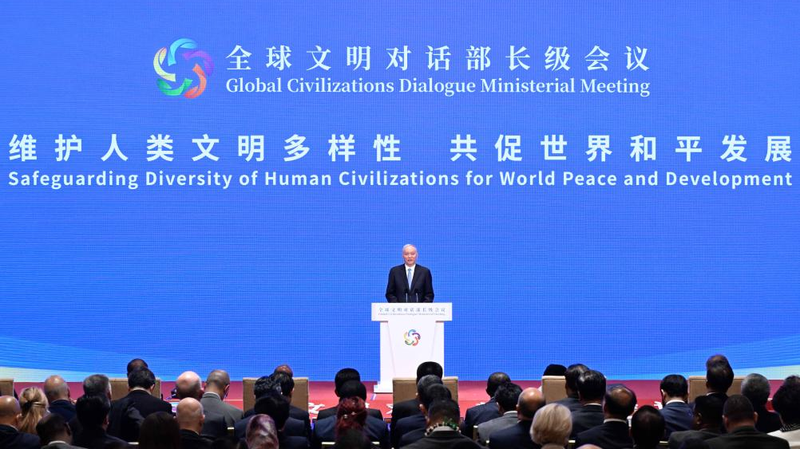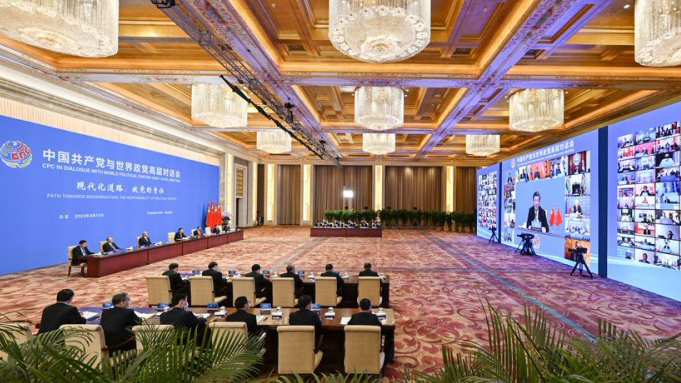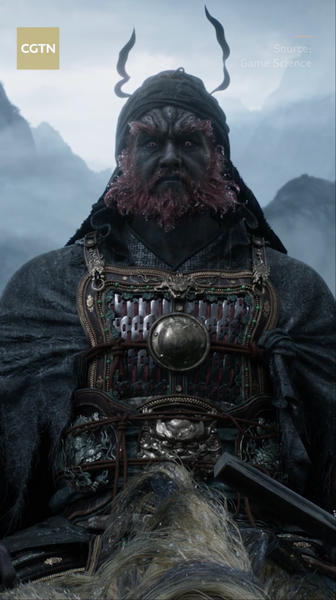As nations grapple with preserving cultural identity in a globalized world, China's Global Civilization Initiative (GCI) is emerging as a framework for reimagining tradition through modern innovation. The recent Ministerial Meeting on Global Dialogue Among Civilizations in Beijing underscored the urgency of this mission, positioning cultural evolution as a cornerstone of 21st-century progress.
From Ancient Myths to Digital Blockbusters
China's approach to cultural revitalization is exemplified by projects like the video game Black Myth: Wukong, which transforms the 16th-century epic Journey to the West into a visually stunning digital experience. Similarly, the Ne Zha film series has redefined a 3,000-year-old folk hero for modern audiences, grossing over $1 billion worldwide. These successes demonstrate how creative reinterpretation can make historical narratives resonate across generations and borders.
Building Cultural Infrastructure
The GCI emphasizes more than artistic innovation—it advocates for systemic support through manufacturing ecosystems and retail strategies. Pop Mart's global success with its Labubu character illustrates this model: combining storytelling with China's production capabilities and novel retail concepts like blind box vending machines. This synergy between creativity and industrial capacity creates a blueprint for sustainable cultural export.
As debates about cultural preservation intensify globally, China's experiments in balancing heritage with modernity offer insights for policymakers and creatives alike. The challenge lies in maintaining authenticity while embracing the tools of contemporary storytelling—a balance that could define cultural diplomacy in the digital age.
Reference(s):
China's innovation path: Rethinking civilization for a shared future
cgtn.com








